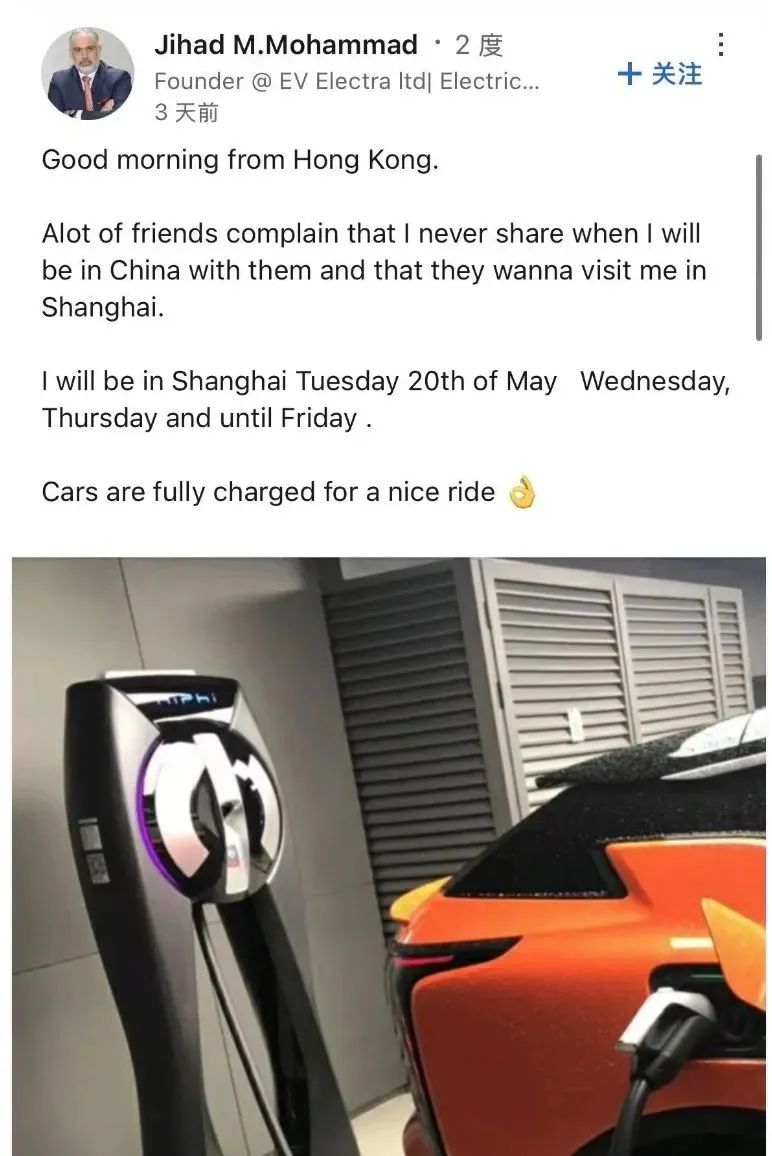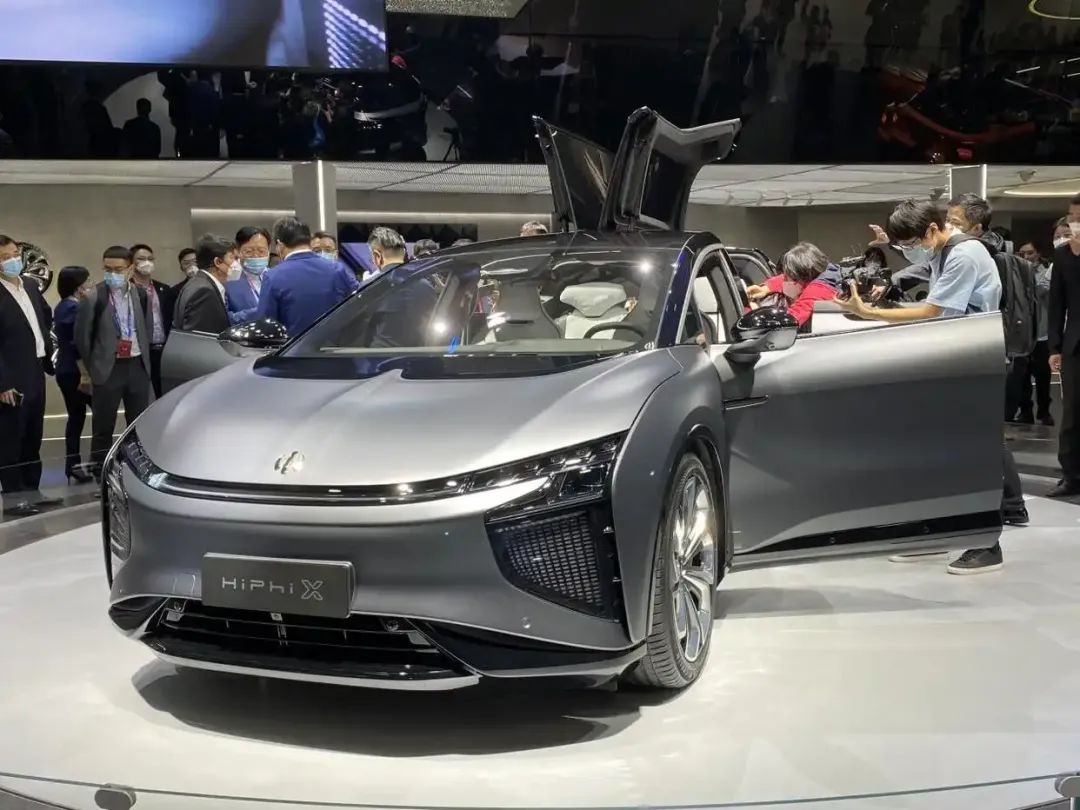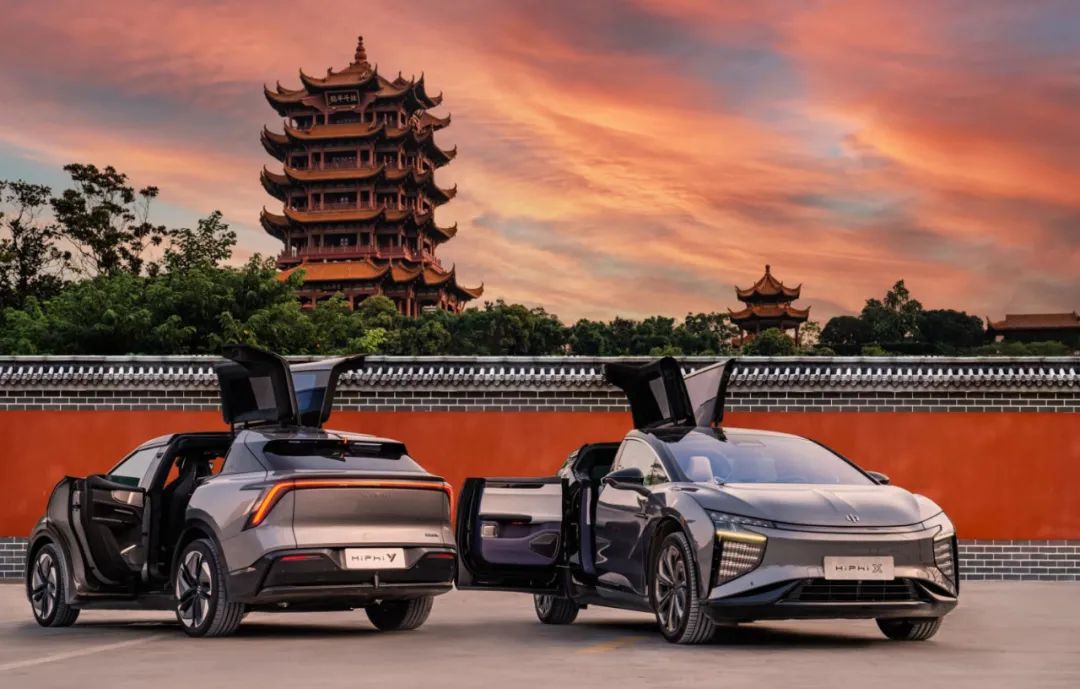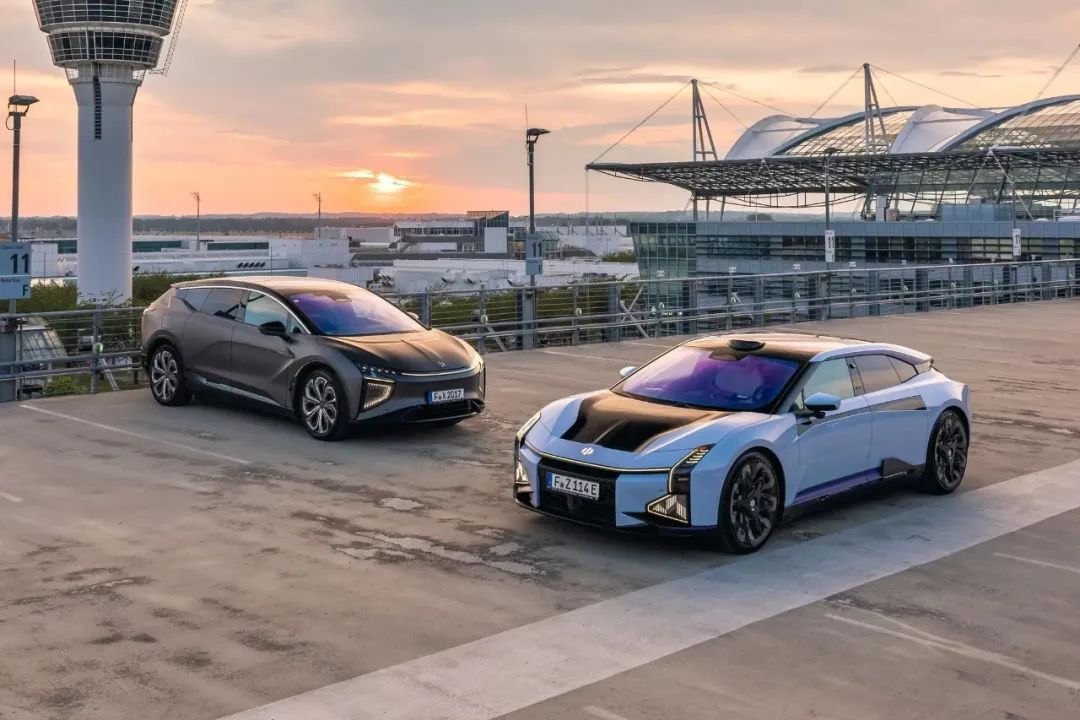Middle Eastern Tycoon Infuses Capital, Behind HiPhi Motors' Revival Lies an Uncertain Restructuring Experiment
![]() 05/29 2025
05/29 2025
![]() 625
625
May 22 was undeniably a fortuitous day for new product launches. Xiaomi unveiled the YU7, Deep Blue S09 commenced deliveries, and Geely Galaxy M9 made its debut in Milan, Italy. Yet, the spotlight unequivocally shone on Xiaomi Motors, aiming to become an industry leader without regret. Trending searches unanimously revolved around Xiaomi's new car. In contrast, HiPhi Motors' revival seemed somewhat overshadowed.

On May 22, Jiangsu HiPhi Motors Co., Ltd. was officially established with a registered capital of approximately $143 million, jointly founded by EV Electra Ltd. and Human Horizons. The new company's legal representative, Jihad Mohammad, is a foreign businessman with operations spanning multiple countries. Last year, HiPhi Motors ceased production, and its parent company entered the pre-reorganization stage of bankruptcy with a total debt of up to 15.781 billion yuan.
After the announcement, Ding Lei, HiPhi Motors' former chairman and CEO, also released a statement to the outside world: "For now, all news can only be released by the administrator." This implies that HiPhi is no longer associated with Mr. Ding and that HiPhi Motors is now a brand-new automotive enterprise.
According to public information, EV Electra is an electric vehicle company based in Beirut, Lebanon, founded in 2017. Over the past few years, it has launched an electric sports car named QuDS Rise, but the outside world knows little about this company or its actual mass production capabilities in the global mainstream market.
HiPhi's Revival and Ding Lei's Liberation
According to Tianyancha information, HiPhi's registration details have been altered, with the legal representative becoming Lebanese, and the capital structure shifting from being dominated by "Human Horizons" to a combination of "foreign capital + local technology": EV Electra contributed $100 million, while Human Horizons retained a 30.2% equity stake. According to industry disclosure, EV Electra's capital contribution plan will be completed by the end of 2025.

This signifies that HiPhi Motors is no longer the same company legally and organizationally as it was before. It strives to maintain the "HiPhi" brand, but the underlying organizational structure, controllers, and funding sources have been completely revamped. Notably, the new company's chairman is Jihad Mohammad, and HiPhi Motors founder Ding Lei does not appear on the list of key management personnel.
Visiting the official website of EV Electra Ltd. reveals the HiPhi Motors corporate logo, with the three models - HiPhi X, HiPhi Y, and HiPhi Z - featured prominently on the homepage.
Recently, Jihad Mohammad, the founder of Lebanese startup EV Electra Ltd., posted on LinkedIn, accompanied by a screenshot stating, "HiPhi Motors may soon resume production, with the Yancheng factory leading the way." Additionally, he shared news about HiPhi finding a "white knight" and the environmental assessment for resuming production at the Yancheng factory.

Regarding the investment in HiPhi, speculation suggests that EV Electra Ltd. is interested in HiPhi Motors' vehicle platform and brand assets. Compared to establishing a vehicle platform in Europe or the United States, borrowing a shell from a Chinese enterprise with an established production line, three-electric systems, and brand assets is significantly faster and cheaper.
However, regardless of the motive, Jihad Mohammad has ultimately become the new owner of HiPhi, controlling the narrative and bearing the risks. Relevant data shows that the combined book asset total of the 52 companies in the Human Horizons system is 5.983 billion yuan, with book liabilities of 15.781 billion yuan.
The Ding Lei era of HiPhi Motors has also come to an end. Ding, who had been busy raising funds for HiPhi Motors, is finally liberated. HiPhi Motors did not end up as an unfinished project, at least giving capital and consumers an answer, which is better than Geyue and WM Motor.

It is understood that HiPhi Motors has begun actively contacting users who have paid deposits but have not completed vehicle pickups to process refunds. Some employees who previously did not sign voluntary resignation agreements have also received notices of reinstatement, with the condition of accepting a salary reduction, rumored to be paid at 80%.
How Can HiPhi Motors Avoid a "Second Death"?
On May 23, according to the official website of Yancheng Economic and Technological Development Zone, the environmental impact report for the "Yueda Kia Plant 1 Intelligent Green Technology Upgrade Project" was publicized. This project is the technical upgrade and renovation of HiPhi Motors' Yancheng factory, with a total investment of 17.9607 million yuan, expected to be completed by October 2025.
After renovation, the factory's designed production scale will reach an annual output of 150,000 passenger vehicles, covering HiPhi Motors' X, Y, and Z models, with annual production volumes of 37,500, 37,500, and 75,000 vehicles, respectively.
The official announcement that HiPhi is preparing for resumption of production also signifies that HiPhi has successfully revived. However, this seemingly "miraculous" restructuring is actually a commercial experiment fraught with uncertainties. From HiPhi's internal genes to the competitive logic of China's new energy market, the challenges it faces far exceed apparent capital infusion and technology integration.

HiPhi's previous bankruptcy was due to structural defects within the company, a rift between idealism and commercial reality.
Since its inception, HiPhi has benchmarked Porsche, targeting the high-end market of 500,000-800,000 yuan. Its products are sold based on cool designs like "wing doors" and "programmable headlights," but sales have remained sluggish. In 2024, its main model, the HiPhi Y, had an average monthly sales volume of less than 20 units, with a total annual sales volume of only 7,886 units, far below industry leaders' annual sales of hundreds of thousands of units. The annual capacity of the high-end market is less than 50,000 units and is dominated by traditional powerhouses like BBA. HiPhi's "luxury narrative" lacks user base support and ultimately becomes a castle in the air.
HiPhi has long relied on Dongfeng Yueda Kia's Yancheng factory for OEM production, with each vehicle requiring tens of thousands of yuan in OEM fees, directly eroding gross profit margins. More critically, it has never obtained independent vehicle manufacturing qualifications, leading to production being completely controlled by others. Coupled with its failure to translate innovation into real user demand, it accelerated the breakdown of the capital chain due to cost out of control.
In recent years, BYD and Tesla have sparked a new round of price wars, with hybrid models dipping below 80,000 yuan and pure electric models entering the 100,000 yuan range. Leading brands like BYD and Geely have spread costs through scale, while HiPhi's annual sales are less than 10,000 units, making it impossible to achieve scale effects. Even if it shifts to the mainstream 200,000-300,000 yuan market, it still needs to face the siege of brands like Zero Run and Geely that have established user awareness.

Currently, the revived HiPhi Motors still lags in technological reserves, staying at the design level. Additionally, issues like user rights protection and employee salary arrears caused by previous production halts have almost reduced its brand trust to zero, requiring huge costs to rebuild the after-sales system after resumption of production.
Therefore, HiPhi's "revival" is essentially an expedient measure driven by capital and local interests. Its core issues - product positioning deviation, lack of technological moats, and supply chain vulnerability - remain unresolved.
As the "elimination round" of the new energy industry enters its final stage in 2025, HiPhi Motors needs to complete three major transformations: first, shift from a "luxury story" to a dual drive of "cost-effectiveness + differentiated technology"; second, get rid of OEM dependence and rebuild production autonomy through qualification acquisition or joint venture models; last, reshape trust through transparent operations and win back lost users through service and product iterations. Even if the focus is on the overseas market, these transformations are crucial for HiPhi Motors.
If HiPhi fails to achieve these breakthroughs within 1-2 years, it may become a "second death" sample in the wave of restructuring in the new energy industry. As the industry predicts, after 2025, the Chinese market may only accommodate five top players. HiPhi's fate will ultimately depend on whether it can find a true balance between idealism and commercial reality.
Of course, if this mysterious Lebanese businessman simply aims to cash out using the signboard of "China's electric Maybach," that's an entirely different matter.








